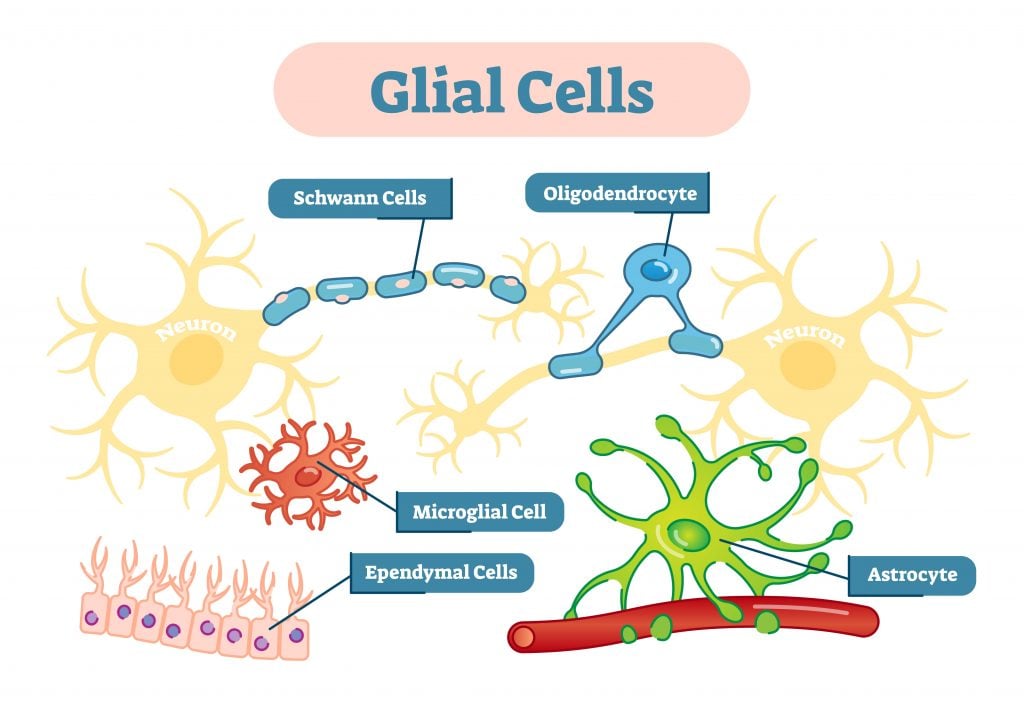Somatic Nervous System: Definition, Function and Examples
The somatic nervous system (SNS) is the part of the peripheral nervous system that controls voluntary movement and processes external stimuli through two types of neurons: motor neurons (activating muscles) and sensory neurons (relaying information to the central nervous system).| Simply Psychology




